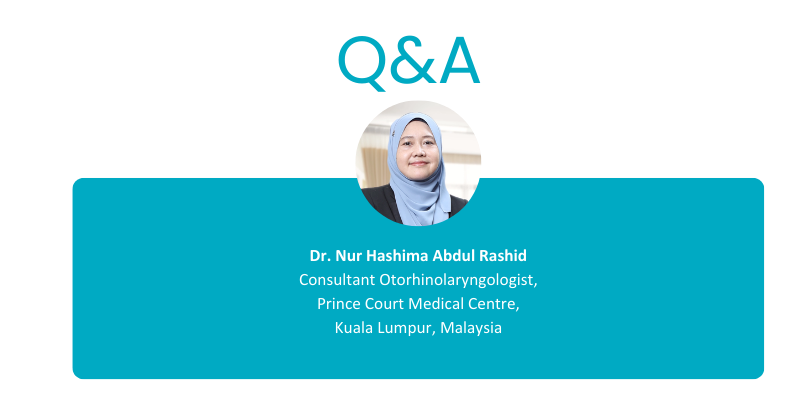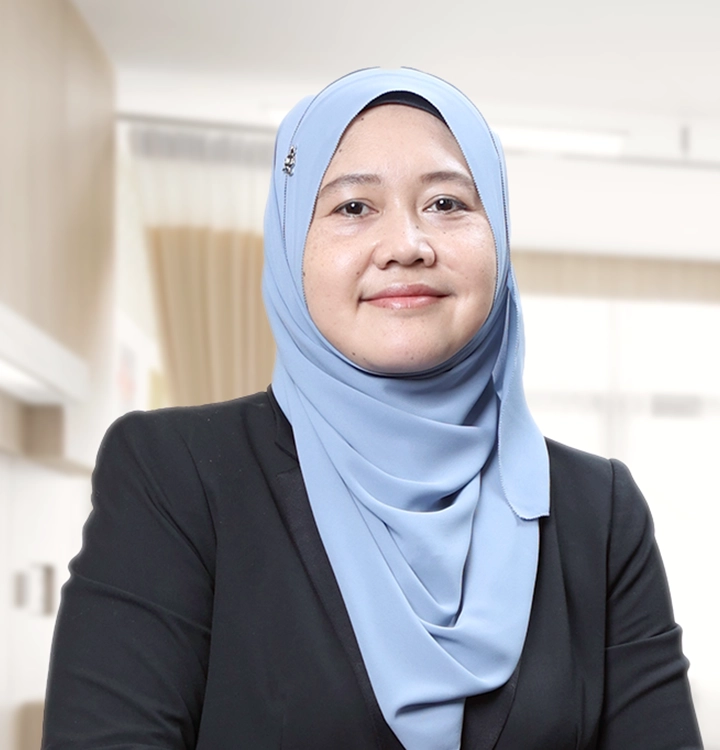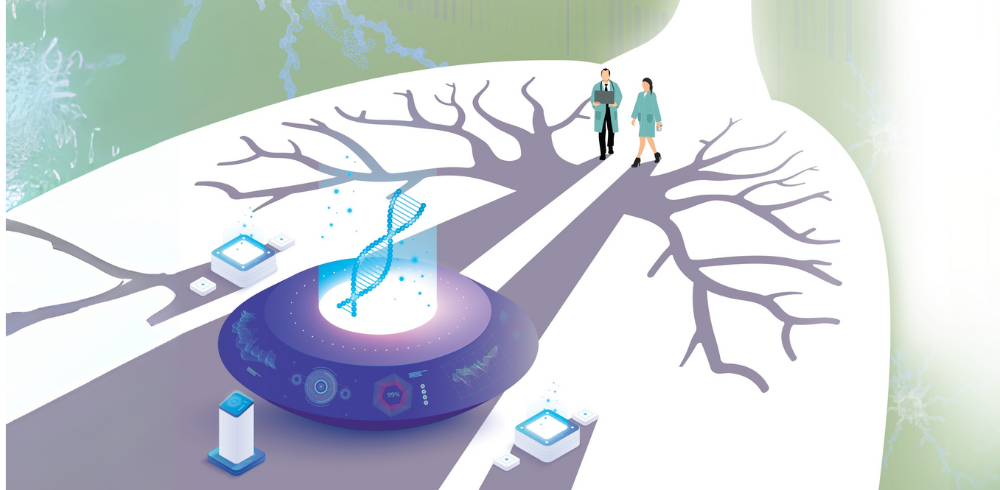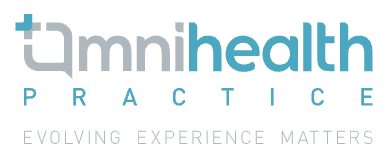Moving beyond AHI: A paradigm shift toward functional breathing in SDB care
29 Aug 2025
Share
Sleep-disordered breathing (SDB) is an umbrella term that encompasses several conditions, with obstructive sleep apnea (OSA) constituting the most common and clinically significant form.1 Today, OSA is recognized as a chronic, multifactorial disorder influenced by genetic, behavioral, and anatomical factors; it requires management strategies tailored to each patient and evolving across the lifespan, with functional breathing as the central goal.1 At the MTS Annual Congress 2025, Dr. Nur Hashima Abdul Rashid of Prince Court Medical Centre, Kuala Lumpur, highlighted this shift, emphasizing that “management needs to be tailored case by case, because the same apnea-hypopnea index (AHI) value can mean different things for different patients.”1
For decades, the AHI has served as the cornerstone of OSA diagnosis and a measure of treatment outcome, particularly in clinical trials where standardized, objective parameters are essential.1 However, as Dr. Nur Hashima noted, AHI has significant limitations in everyday clinical practice.1 It does not fully reflect symptom severity, comorbidity risk, or impact on quality of life; two patients with similar AHI scores may have vastly different cardiovascular risks, daytime function, or tolerance for therapy.1
Contemporary OSA care increasingly focuses on phenotypes: observable characteristics such as daytime sleepiness, positional apnea, or insomnia, and endotypes: assessment of the underlying mechanisms such as ventilatory control instability, low arousal threshold, and upper airway collapsibility.1 Understanding these traits allows clinicians to target the root causes of OSA rather than merely suppressing symptoms.1 For example, patients with high loop gain may not benefit from upper airway surgery, while those with low arousal thresholds may struggle with continuous positive airway pressure (CPAP) therapy.1 By tailoring interventions to the patient’s unique profile, the ultimate aim is to restore efficient, functional breathing, improving both sleep quality and overall health.1
Therapeutic options have also expanded well beyond CPAP.1 Upper airway stimulation, also known as hypoglossal nerve stimulation, acts like a pacemaker for the tongue to maintain airway patency during sleep; it is particularly useful for patients with isolated tongue-based obstruction.1 Myofunctional therapy and bodywork strengthen oral and airway muscles, promoting proper daytime and nighttime breathing patterns.1 Surgical interventions remain suitable for select patients, especially those with significant craniofacial abnormalities.1 In essence, every intervention is best viewed as a step toward restoring functional breathing, rather than an end in itself.1
Addressing SDB effectively also demands coordinated care across disciplines.1 Dr. Nur Hashima highlighted the value of intradisciplinary care, where multiple specialists collaborate in real time, compared with traditional multidisciplinary models, where patients see specialists sequentially.1 Pulmonologists, ENT specialists, neurologists, cardiologists, dentists, psychologists, and sleep technologists can work together in integrated sleep clinics to ensure comprehensive assessment and functional treatment planning; however, widespread adoption remains challenging, with barriers including siloed practices and limited reimbursement. Therefore, education and structural support are seen as critical to bridge this gap.1
Advances in technology further supports this individualized, long-term approach in OSA continuum of care.1 Home sleep apnea testing (HSAT) offers comfort and accessibility, while wearables, smart rings, watches, and CPAP-integrated monitoring systems allow longitudinal tracking of sleep quality, oxygen saturation, and therapy adherence.1 These tools enable proactive adjustments and empower patients to engage actively in their own care.1
In conclusion, OSA should no longer be considered a self-contained sleep disorder but a chronic, multifactorial condition with systemic consequences, from cardiovascular and metabolic disease to neurocognitive decline and impaired quality of life.1 Functional, personalized care that integrates phenotypes, endotypes, lifestyle, intradisciplinary collaboration, and technology promises to restore functional breathing, improve quality of life, and reduce long-term health risks.1 “Functional breathing impacts your health far beyond sleep itself,” Dr. Nur Hashima noted, emphasizing that precision, personalization, and partnership form the path forward.1

In an interview with Omnihealth Practice, Dr. Nur Hashima Abdul Rashid shared the evolving understanding of SDB and the shift toward personalized, functional approaches in clinical practice.
Q1: What early signs should primary care clinicians watch for in detecting SDB?
Dr. Nur Hashima: Snoring is often considered a classic sign, but it is not always the most telling symptom in clinical practice. One clue I often hear from patients is that they immediately need to drink water after waking up. That signals dry mouth from mouth breathing during sleep, which is a form of dysfunctional breathing. Choking or gasping at night is another red flag. The key is to look beyond just the apnea-hypopnea index (AHI); two patients with the same score can have very different symptoms and health risks.
Q2: How can clinicians tailor SDB assessment across different age groups?
Dr. Nur Hashima: For children, I look for signs such as mouth breathing, bad breath, bruxism, or allergic rhinitis (AR), since nasal obstruction from AR often leads to mouth breathing. In adolescents, features like crowded teeth or a high-arched palate may suggest underlying airway issues that could contribute to SDB, especially when seen alongside snoring. Catching these signs early allows us to intervene with myofunctional therapy or airway-focused exercises, which can positively influence the development of healthy breathing patterns. Assessment of daytime breathing can provide valuable insight into nighttime sleep quality, as dysfunction during wakefulness frequently carries over into sleep.
Q3: What practical lifestyle or behavioral measures can support airway function and reduce SDB risk?
Dr. Nur Hashima: Functional breathing habits are key: Breathing with the nose and not the mouth, and not to over breathe. I advise patients to chew properly and keep their mouths closed while eating. Eating whole, fibrous foods rather than processed foods is important; they require more effort to chew, which exercises intraoral muscles which are important to help you maintain nasal breathing. Important to remember is that SDB is not just a sleep problem, it is linked to broader, long-term health risks associated with chronic inflammation. Simple habits during the day can make a huge difference at night.
References
- Sleep-disordered breathing (SDB) is an umbrella term that encompasses several conditions, with obstructive sleep apnea (OSA) constituting the most common and clinically significant form.





